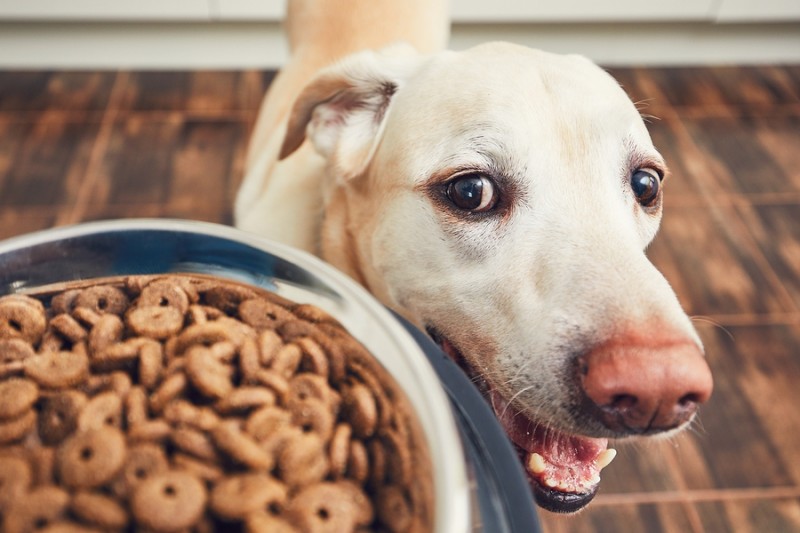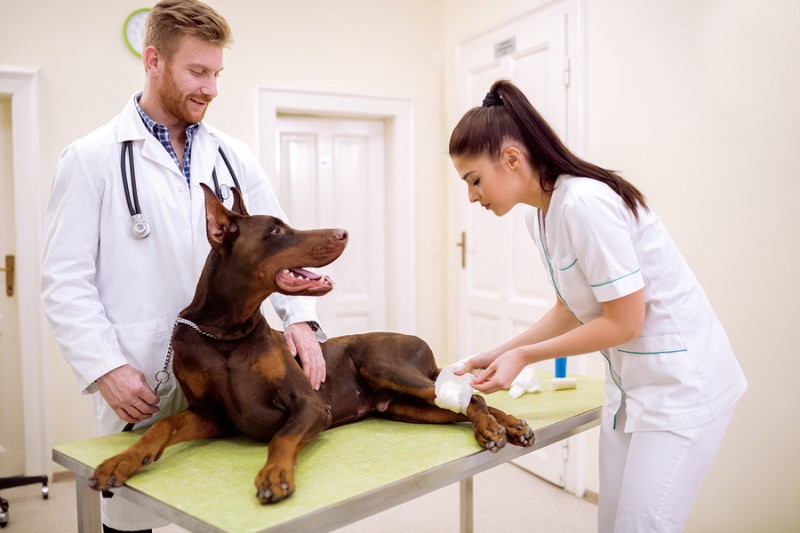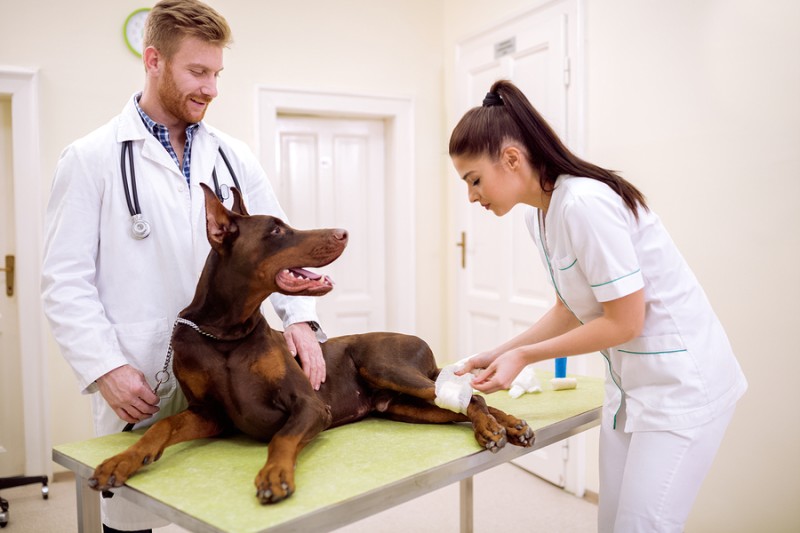During the cold seasons, we must take extra precautions and take extreme care of our furry friends. Especially with those dogs that suffer from certain pathologies or that are in a vulnerable state. We leave you the winter care for dogs that you cannot skip.
How does the cold affect dogs?
Although dogs usually have thick fur that protects them from the cold, it is not the same for all breeds, nor is it sufficient for all ages and states. Thus, depending on the age of our friend and his state of health and physical condition, he will suffer to a greater or lesser extent the consequences of the drop in temperatures.
With the winter care for dogs that we propose, you will not only keep their health in good condition. But we will also prevent complications from existing pathologies from appearing. As well as worsening or other problems derived from the cold.
Those dogs with whom we must especially take care of in winter are puppies , older dogs , small breeds and those with little fur . While they may be in good health, they are often more vulnerable to inclement weather .
Winter care that we must keep in mind
Animals suffer from the cold just as people do, except in the case of the Nordic races . For this reason, we leave you these care in winter so that you take them into account with your furry friends.
Follow a balanced and nutritious diet
If we want dogs to stay healthy, we must take care of their diet . Although it is a measure to be taken throughout the year, they are very basic care in winter. It is through food that we manage to increase our defenses, and these are the ones that will protect us from diseases. Especially in the cold season.
During these months, physical activity may be reduced. However, in order to stay warm, your body will need to burn more calories. If you notice changes in his feeding behavior, consult a veterinarian , as it may be necessary to adjust the amount of food he eats.
Keep him warm on walks
Whether our dog spends a lot of time outside, or if it is only when it comes to walks, we must keep them warm . This is the second point in care in winter, since the wind, rain and cold can make them sick.
Especially in those dogs that suffer from pathologies that hinder or prevent their mobility, we must protect their extremities. Reduced movement causes the temperature in those parts of the body to drop, affecting your overall health . At Ortocanis we have coats like this one available.
take care of his fur
The last of the winter care for our dogs refers to the coat. This fulfills an important function, and that is to protect your skin from external aggressions, including the cold. In addition to avoiding cuts at this time of year, we must brush it to keep it in good condition.
When it’s time for them to take a bath, we must do it indoors, without drafts and with warm water. We must also use a hair dryer so that they do not remain with moisture in the fur.
With these cares in winter we will make our dog suffer less from the cold. A simple way to protect them and keep diseases at bay .




